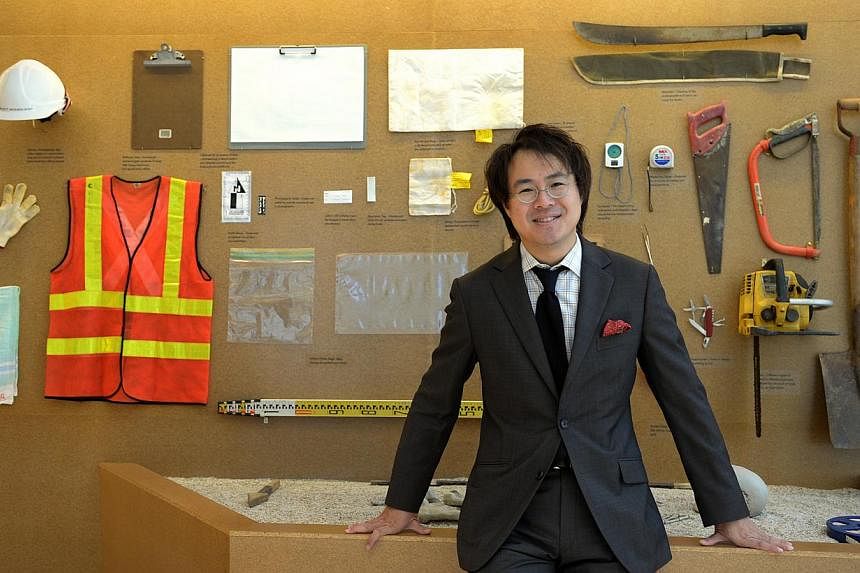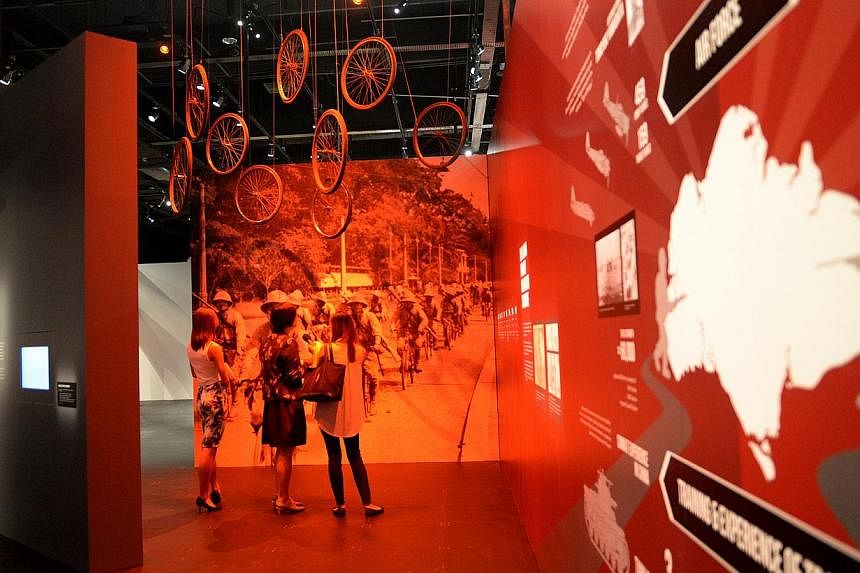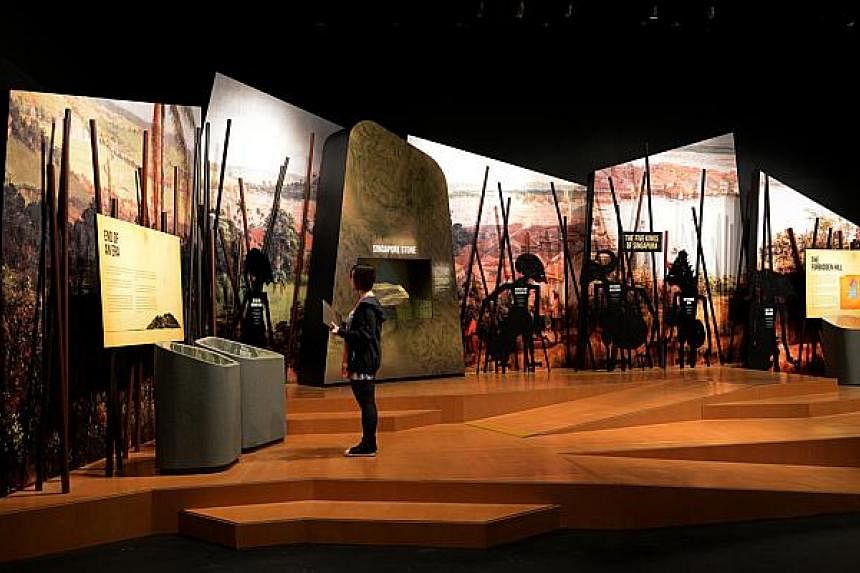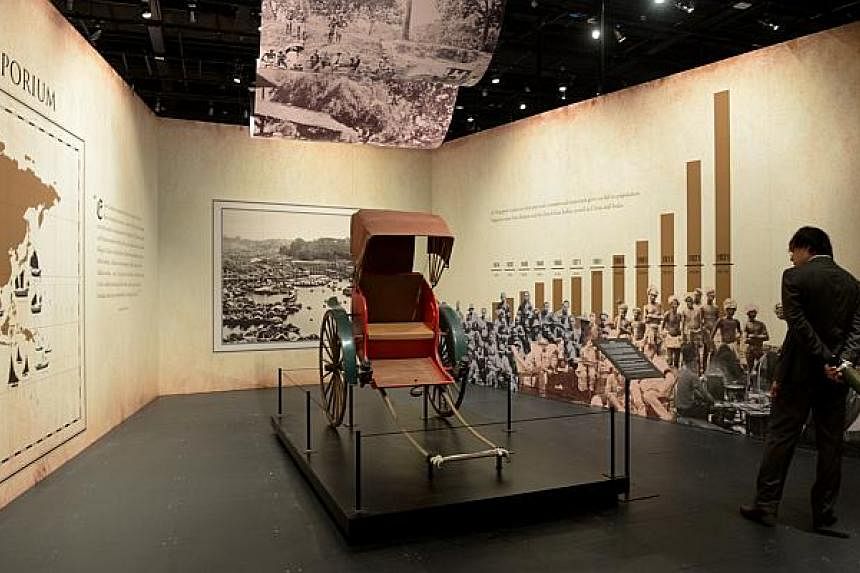SINGAPORE - The Singapura: 700 Years exhibition opens today at the National Museum of Singapore. Visitors can immerse themselves in the island's transformation from humble fishing village to independent nation-state. The exhibition comprises six sections:
1. Archaeology in Singapore
Begin your journey with an insight into Singapore's little-known archaeological scene. Besides learning more about the island's archaeological sites such as those at the Botanic Gardens and Mount Faber, visitors can also view artifacts unearthed here over the years, some dating back to as early as the 10th century AD. They will also learn how archaeological site surveys, evaulations and excavations take place.
2. Ancient Singapore (1300-1818)
Starting in the 14th century, this section sheds light on Singapore's time as Temasek or Singapura, a prosperous trading settlement under five legendary Malay kings. Learn about such mysterious figures as Parameswara and Iskandar Shah, as well as the Javanese invasion in which the island was laid to waste.
3. Colonial Singapore (1819-1942)
The arrival of the British in 1819 turned Singapore into a bustling international port, attracting migrants from across the world. Visitors can observe how the different communities lived and worked together under colonial rule.
4. Syonan-To (1942-1945)
Here, visitors may get a glimpse into what Singapore endured under the Japanese occupation during World War II, from the fear of mass screening exercises to the lack of food and supplies. You can even walk into a Changi prison cell to see how prisoners of war survived those years.
5. Road to Merdeka (1946-1965)
Follow Singapore's difficult path from its post-war ruins to the political awakenings that resulted in its merger with Malaya. Visitors can walk through a recreated student demonstration, and learn about the various political parties involved in Singapore's early elections.
6. Independent Singapore (1965-1975)
In this section, get a taste of life in the decade following Singapore's independence and see how the nation we know today was built. Visit a 1970s-inspired HDB living room and explore a void deck and playground from the old days.
The exhibition will run in the museum's basement from today till Aug 10 next year, open daily from 10am to 6pm. Admission is free for citizens, permanent residents, and visitors aged six years and below. Tickets for foreign visitors are $6 for adults, and $3 for students and seniors aged 60 and above.
Source: National Museum of Singapore





